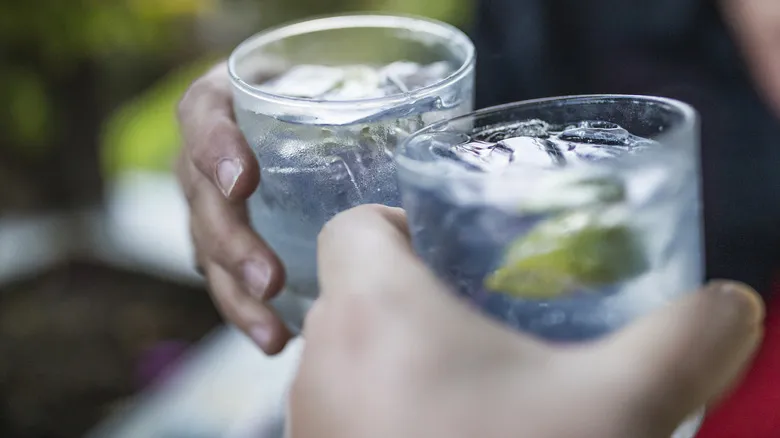Simplicity defines a mixed drink

Let's begin with mixed drinks. This category is characterized by its straightforwardness, consisting of just two components: a spirit and a mixer. Identifying them on a bar menu is usually easy: if the name reveals the ingredients, it’s likely a mixed drink.
A well-known example is the classic gin and tonic. You don’t need to see the full recipe to understand that it’s a combination of gin and tonic water. The only addition is a garnish, typically a lime wedge, and you have a refreshing and spirited beverage ready to enjoy. This naming pattern applies to many other popular mixed drinks, like whiskey and Coke. However, keep in mind that while many mixed drinks adhere to this format, there are exceptions. For example, the Black Russian, which consists of Kahlua and vodka, is also classified as a mixed drink.
Beginners in mixology often start with mixed drinks due to their simplicity and affordability, making them an ideal choice for experimenting with how different liquors taste when blended with other ingredients. Additionally, mixed drinks are frequently crafted to mask the flavor of lower-quality alcohol, making them appealing not just to mixing aficionados but to a wider audience as well!
Cocktails are where it gets complicated
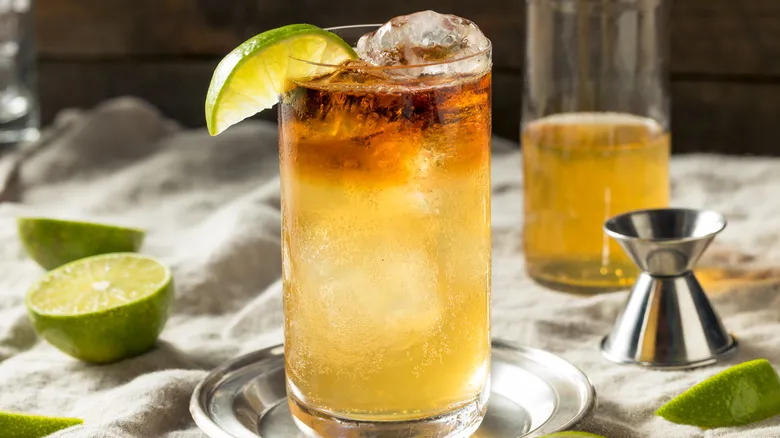
When a recipe includes three or more ingredients, you’re entering the realm of cocktails. A cocktail typically consists of three main components: the base, which is usually an alcoholic spirit; the modifier, which enhances and balances the flavor of the base; and the finishing touch, or "perfume," that adds the final layer of taste, often through bitters and syrups. It's important to note that none of these components need to be alcoholic. For instance, a dark 'n' stormy (rum and lime juice topped with ginger beer) qualifies as a basic cocktail, just like a virgin piña colada made solely from cream of coconut, pineapple juice, and whipping cream.
Some people distinguish cocktails from mixed drinks based on the level of craftsmanship involved. Mixed drinks typically involve simply combining two main ingredients. In contrast, cocktails require significantly more effort to prepare. Bartenders often need to stir, shake, muddle, layer, and blend to create a drink that is not only rich in flavor but also visually striking. This level of showmanship is something you don’t experience when making mixed drinks.
That said, this doesn’t imply that mixed drinks are inferior to cocktails. Both have their own place in the world of mixology, catering to different preferences, skill levels, and occasions. Sometimes, a quick whiskey and Coke can be more satisfying than the effort of using a shaker to create a classic hurricane!
Recommended
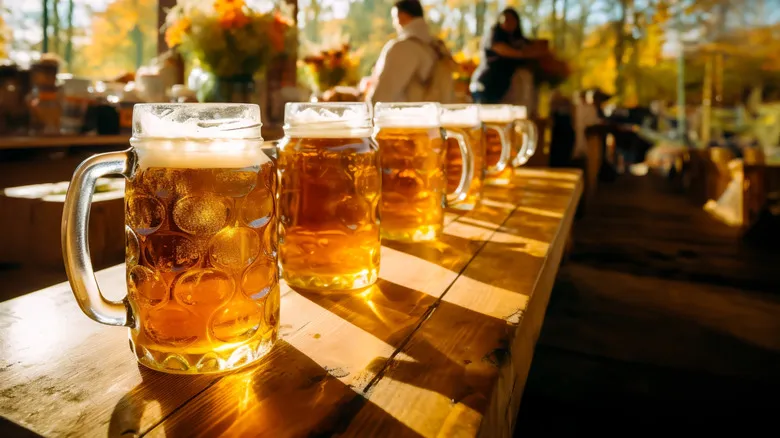
Does Drinking German Beer Actually Cause Fewer Hangovers?
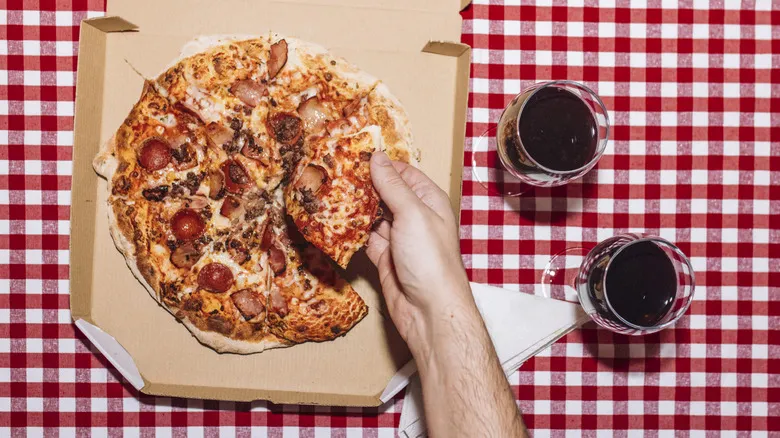
Domino's And Yellow Tail Come Together For An Unexpected Collaboration
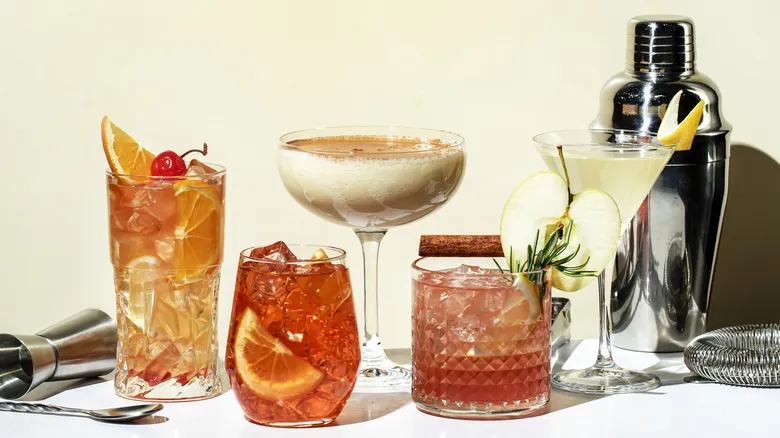
The Favorite Cocktails Of 9 Celebrity Chefs
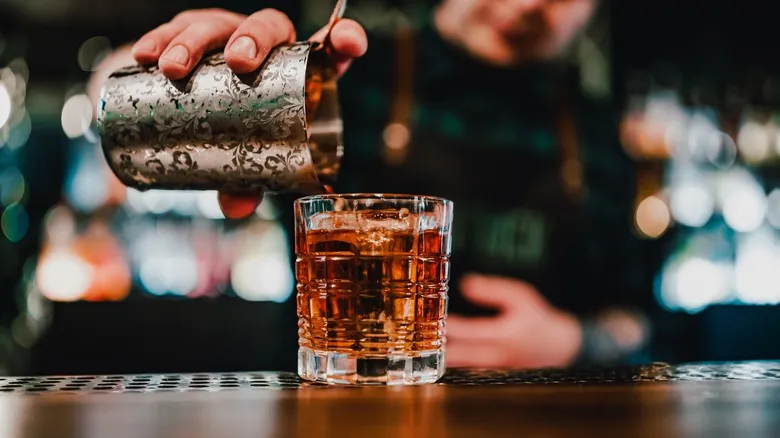
Where Does The Word 'Cocktail' Come From?
Next up

